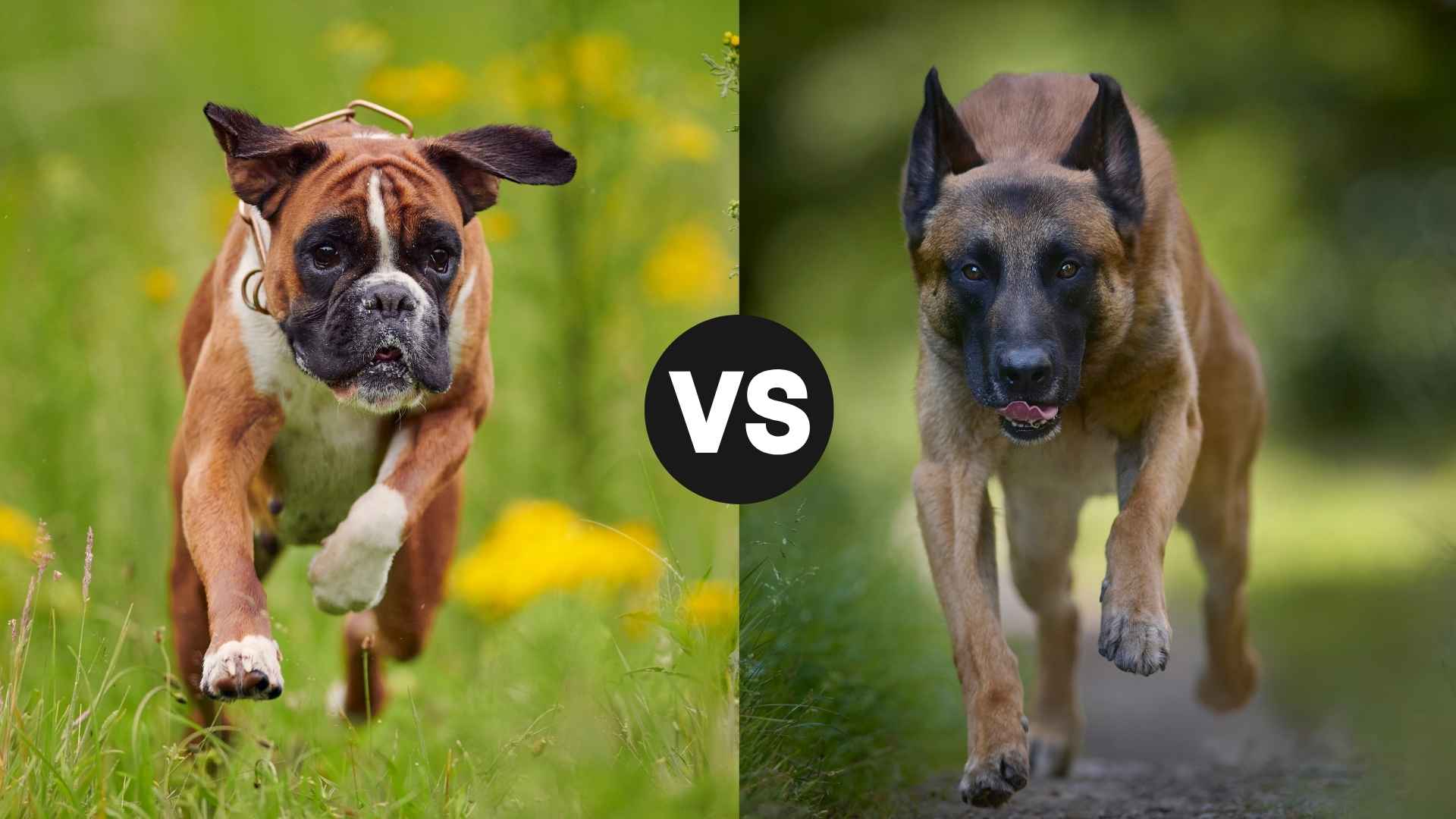When it comes to choosing a dog that’s loyal, intelligent, and full of energy, two breeds often square off in the minds of canine lovers: the Belgian Malinois and the Boxer.
On one side, you have the highly trained, no-nonsense working dog—the Malinois, who’s basically the Navy SEAL of the dog world. On the other hand, there’s the Boxer, a lovable goofball with a heart of gold and springs for legs.
Whether you’re after a sharp-minded protector or a joyfully chaotic best friend, this comparison will help you understand which breed is better suited to your lifestyle.
Get ready to dive into the world of high-energy companions—where snuggles might come with zoomies, and loyalty is a given. Belgian Malinois vs. Boxer: It’s not just a comparison, it’s a full-on lifestyle decision.
Belgian Malinois vs. Boxer
Boxer vs. Belgian Malinois: Size and Weight
So you’re stuck in the ultimate canine conundrum—Belgian Malinois or Boxer? Two awesome dogs. Two very different vibes. One tough decision. But let’s start with something we can measure (literally): Size and weight.
Boxer:
Now let’s swing over to Germany, where the Boxer was born in the late 19th century. Descended from the now-extinct Bullenbeisser (a big game hunting dog), the Boxer was originally used for hunting wild boar and guarding estates.
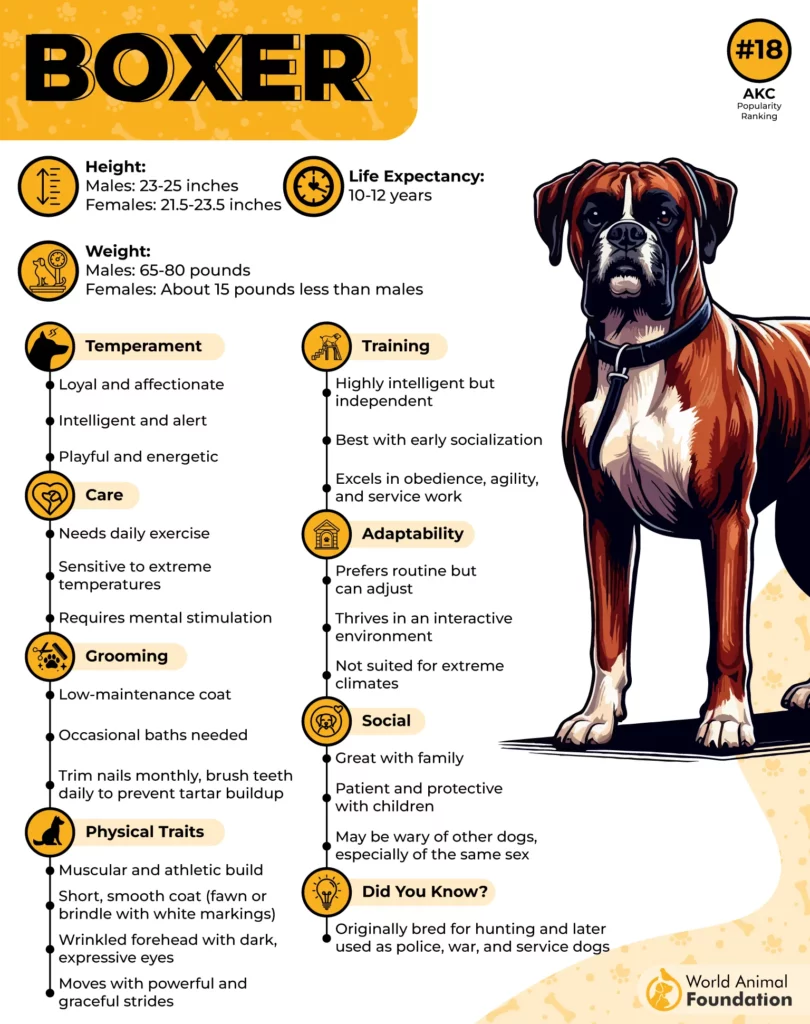
But soon, they were upgraded from “boar bouncer” to “beloved family member.” With a square jaw, big heart, and endless energy, the Boxer made a name for itself as:
A working dog in WWI & WWII (message carrier, guard, and even medic assistant)
Size:
Height: 21.5 to 25 inches
Weight: 50 to 80 pounds
Build: Stocky, square-jawed, and strong enough to pull a small car if he really wanted to (but he’d get distracted halfway through chasing a butterfly).
Despite the name, Boxers aren’t known for their fighting skills—they’re known for their heart, hilarious expressions, and that signature bouncy play style that’s half dance, half parkour.
Belgian Malinois:
The Belgian Malinois hails from Belgium (surprise!), specifically the city of Malines—hence the name. They’re one of four Belgian shepherd breeds, and frankly, the most type-A of the bunch.
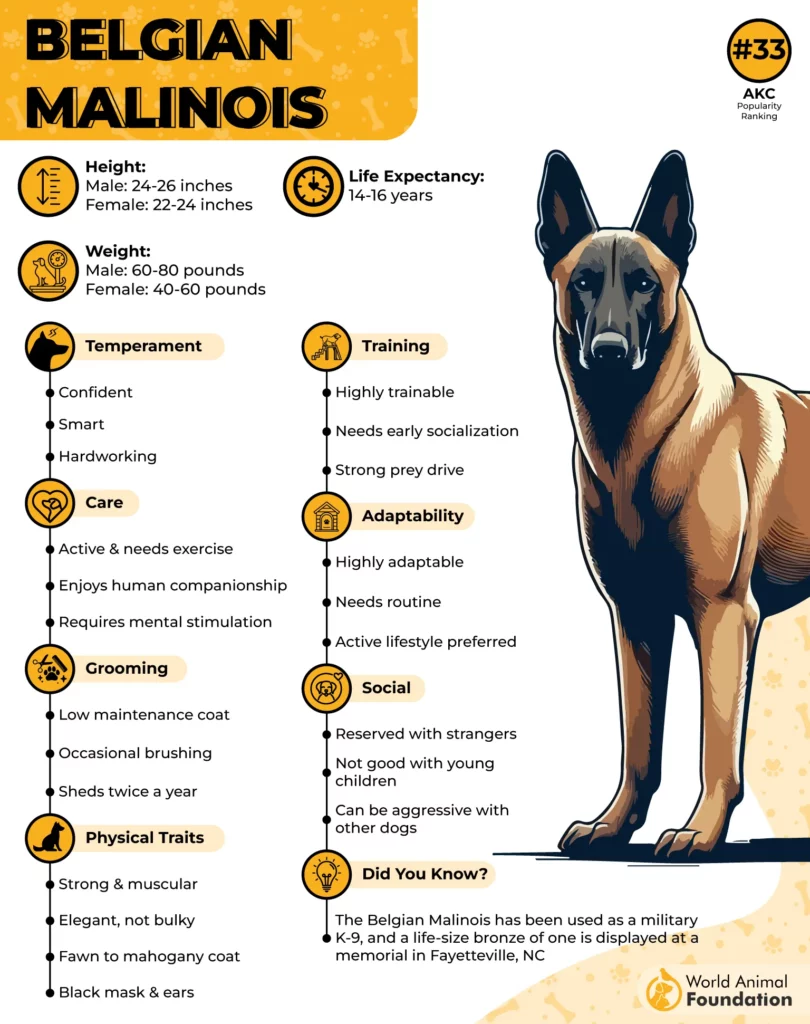
Originally bred in the 1800s for herding sheep, the Malinois quickly realized chasing wooly animals was just the warm-up act. Their brains and brawn made them perfect for more “serious” gigs like:
Police and military work
Search and rescue
Protection services
Probably leading a SWAT team if you let them
Size:
Height: 22 to 26 inches (at the shoulder)
Weight: 40 to 80 pounds
Build: Lean muscle machine, built for speed and agility.
Malinois dogs don’t just run—they fly. These are the dogs that laugh at your backyard fence and scale it in one bound. They’re intense, energetic, and a little bit extra (but in the best way). If this dog had a job, it’d wear a badge.
Boxer vs. Belgian Malinois: Intelligence and Trainability
Both the Boxer and the Belgian Malinois are smart dogs, but intelligence isn’t a one-size-fits-all trait. Let’s dive into how these two breeds stack up when it comes to brains, obedience, and how fast they pick up new tricks (or learn to open the treat cabinet).
Boxer:
Boxers are smart. Like, really smart. But they like to pretend they’re not—usually in favor of being hilarious.
Intelligence: High, but often hidden behind goofy grins and zoomies.
Trainability: Very trainable when they’re in the mood (and when you make it fun).
Motivation Style: Food, praise, games, and basically anything that involves bouncing around.
Boxers can learn complex commands; they just might make a silly face while doing it. Consistency is key, and patience. Lots of patience.
Belgian Malinois:
Let’s be real—if the Belgian Malinois were in school, they’d be that student who finishes the group project before it’s assigned.

Intelligence: Sky-high. Border Collie-level smart, but with more action-hero vibes.
Trainability: Through the roof. This dog doesn’t just follow commands—they anticipate them. PetMD points out that they excel in agility, tracking, herding, and obedience competitions.
Motivation Style: Driven by work, challenges, and lots of praise. Also loves a good game of “what’s next, boss?”
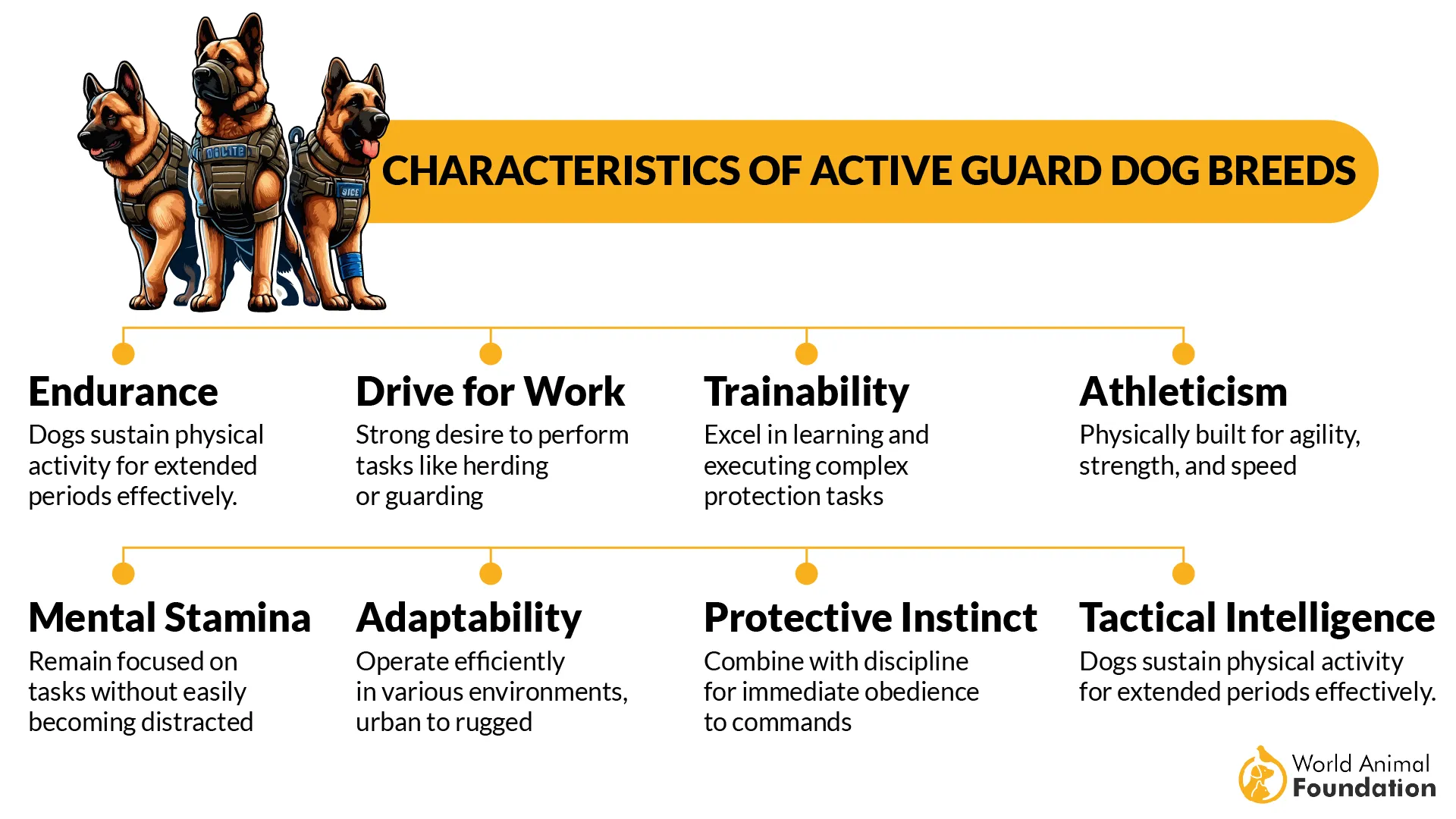
You teach a Malinois a trick, and they’ll master it by lunchtime… then invent three new ones before dinner. According to the AKC, if you’ve ever watched a Malinois perform an obedience routine, you’ve seen just how intelligent and eager they are. However, issues arise when this highly people-focused dog isn’t given enough work or attention.
Boxer vs. Belgian Malinois: Temperament and Personality
Let’s zoom in on one of the most important factors when choosing a dog: Temperament & Personality. Whether you’re after a cuddly clown or a loyal protector, knowing what you’re getting into is half the battle (the other half is hiding your socks).
Boxer:
Boxers are the kind of dogs who believe every visitor came just to see them. Loud tail wags? Check. Whole-body wiggles? Check. Surprising emotional depth behind those silly expressions? Also check.
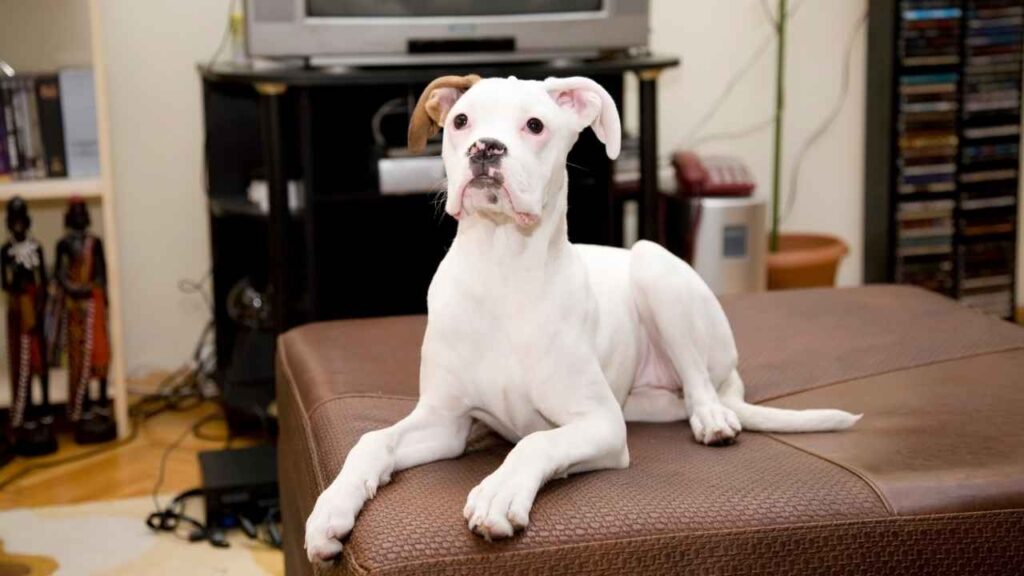
Personality Traits:
Loves being around family, follows you like a furry shadow.
Eternal puppies. Expect zoomies at 8 AM and 11 PM.
Patient, gentle, and hilarious—basically a living, breathing stuffed animal (with muscles).
As per Britannica, Boxers typically bark only when there’s a reason, making them reliable watchdogs and excellent protection dogs.
Generally friendly, but may play a bit rough due to their excitement.
Dramatic sighs, silly antics, and the occasional pout if ignored.
Boxers are like that lovable extrovert friend who hugs everyone, tells the best stories, and occasionally runs into walls because they weren’t looking.
Belgian Malinois:
The Belgian Malinois is all business. They’re not here to play games—unless you trained them to do it with military precision. These dogs are loyal to the bone and always ready for action.
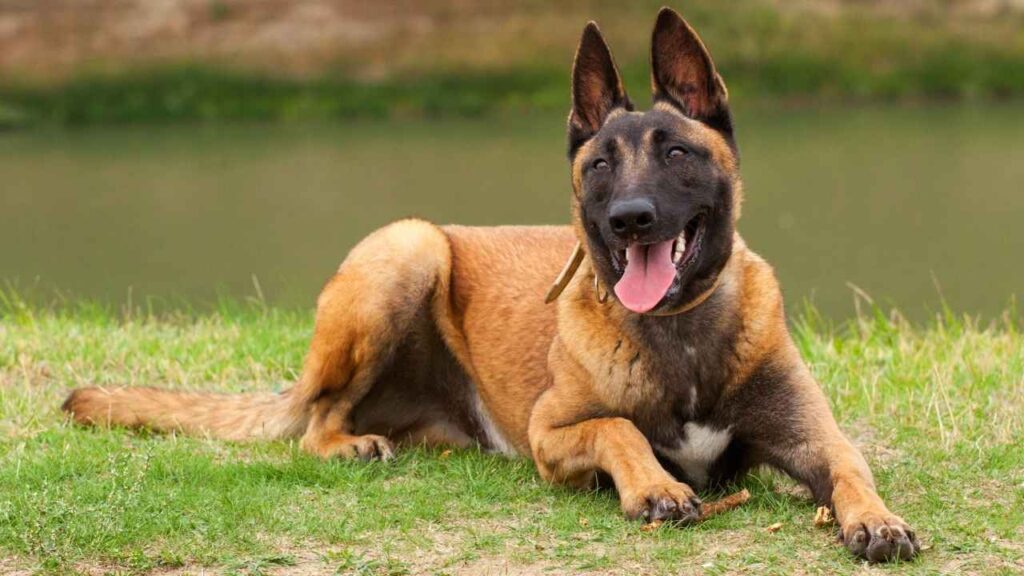
Personality Traits:
Deeply loyal, highly alert. Will 100% know when the mailman arrives—even before you do.
No-nonsense when it comes to work. Very little time for silliness unless it’s structured.
Not overly affectionate, but fiercely attached to their humans.
May be suspicious of unfamiliar people. Socialization from an early age is crucial.
Always wants a task. Training is not optional—it’s a lifestyle.
Without purpose or direction, their energy can become overwhelming or even destructive.
Malinois are like the elite bodyguard who silently surveys the room, spots five threats, and still has time to bring you your slippers.
Boxer vs. Belgian Malinois: Bite Force and Characteristics
Let’s talk numbers—because when you’ve got two athletic, protective breeds, bite force matters (especially if you’re on the wrong end of a tug-of-war rope).
Boxer:
Bite Force: 195 to 225 PSI (pounds per square inch)
Controlled, precise, and often used in police or military work. They don’t just bite—they target.
Belgian Malinois:
Bite Force: 230 to 250 PSI
Slightly stronger bite than the Malinois, thanks to that square, powerhouse jaw. But Boxers are more likely to lick you to death than unleash their bite without cause.
Fun Fact: Despite their tough appearance, both breeds are not aggressive by default—bite force only matters in extreme situations or training scenarios. Otherwise, they’re too busy fetching, herding, or being absolute goofballs.
Boxer vs. Belgian Malinois: Health and Lifespan
You want a buddy that’s not only full of life, but full of long life. While both the Boxer and Belgian Malinois are athletic and energetic, their health profiles are quite different. Let’s break it down so you know what to expect (and what to watch for).
Boxer:
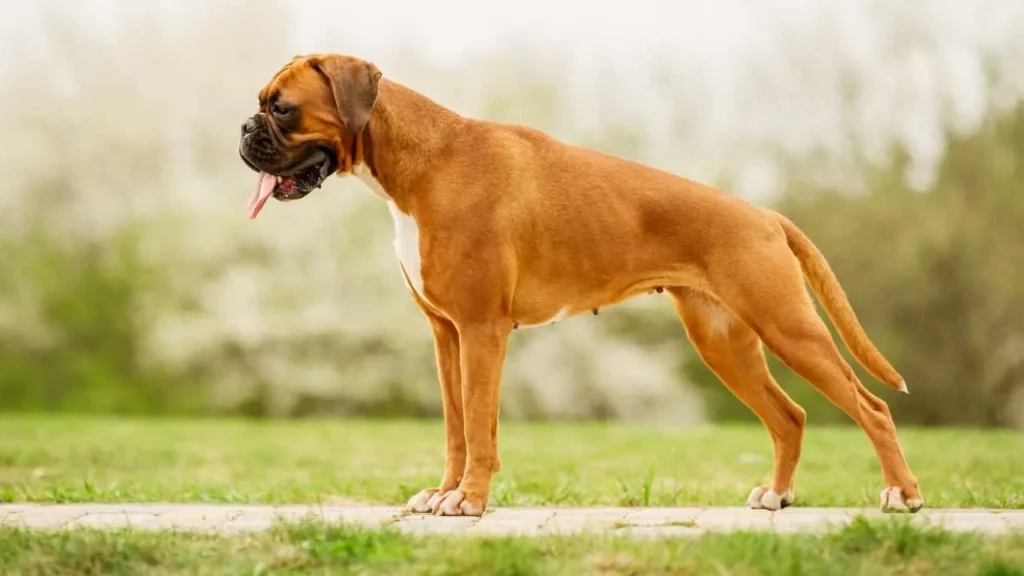
Lifespan: 10–12 years
Common Health Issues:
Cancer (unfortunately, common in Boxers)
Hip dysplasia
Heart issues (Boxer cardiomyopathy)
Hypothyroidism
Bloat (gastric torsion)
Note: White Boxers (with lots of unpigmented skin) are more prone to deafness and sunburn, so extra care is needed.
Belgian Malinois:

Lifespan: 12–14 years
Common Health Issues:
Hip and elbow dysplasia
Progressive retinal atrophy (PRA)
Anesthesia sensitivity
Occasionally epilepsy
Known for overall robustness and stamina, especially when well-bred and properly exercised. With their lean frame and working heritage, they often age gracefully, like the action heroes they are.
Boxer vs. Belgian Malinois: Diet and Weight Management
Just like us, dogs thrive on good food and portion control. But when it comes to these two breeds, their dietary needs—and how they pack (or lose) the pounds—can be very different. Let’s break down what fuels their engines and how to keep them in top shape.
Boxer:
Boxers are solid, muscular dogs who tend to have a big appetite and love their treats. But that love can sometimes translate into extra pounds if their diet isn’t carefully managed.
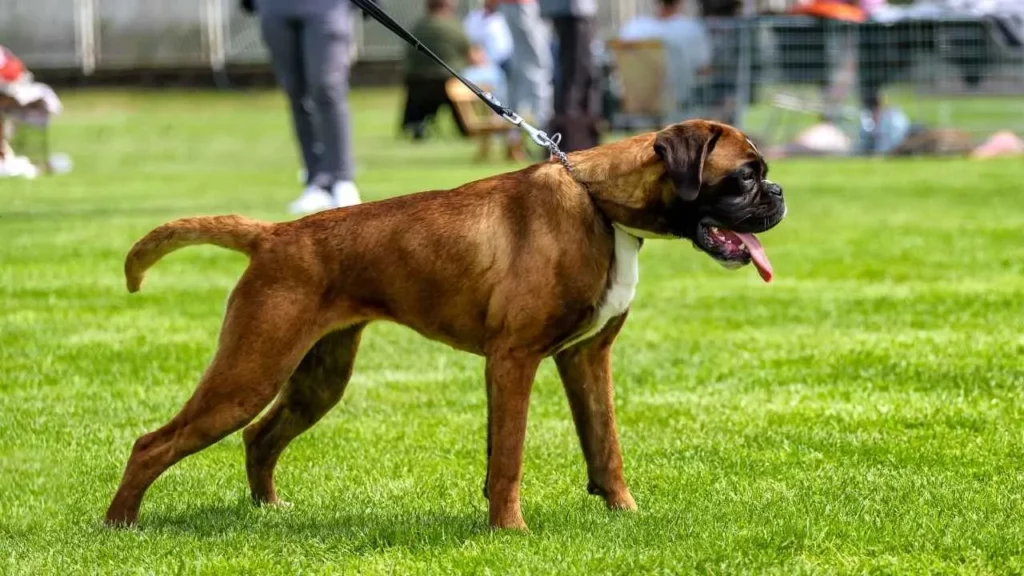
Calorie Needs:
Moderate—Boxers need enough fuel for their bursts of energy but can gain weight if overfed.
Diet Tips:
A balanced diet rich in high-quality protein to support muscle
Watch portion sizes—Boxers can be sneaky snack thieves!
Avoid excessive treats and table scraps (those eyes work like magic)
Weight Challenges:
Prone to obesity if not exercised regularly; extra weight strains joints and the heart.
Ideal Feeding:
Twice daily meals with controlled portions and measured treats.
Belgian Malinois:
The Malinois runs on high metabolism and endless activity. They burn calories fast and need nutrient-dense food to keep their muscles fueled and their minds sharp.
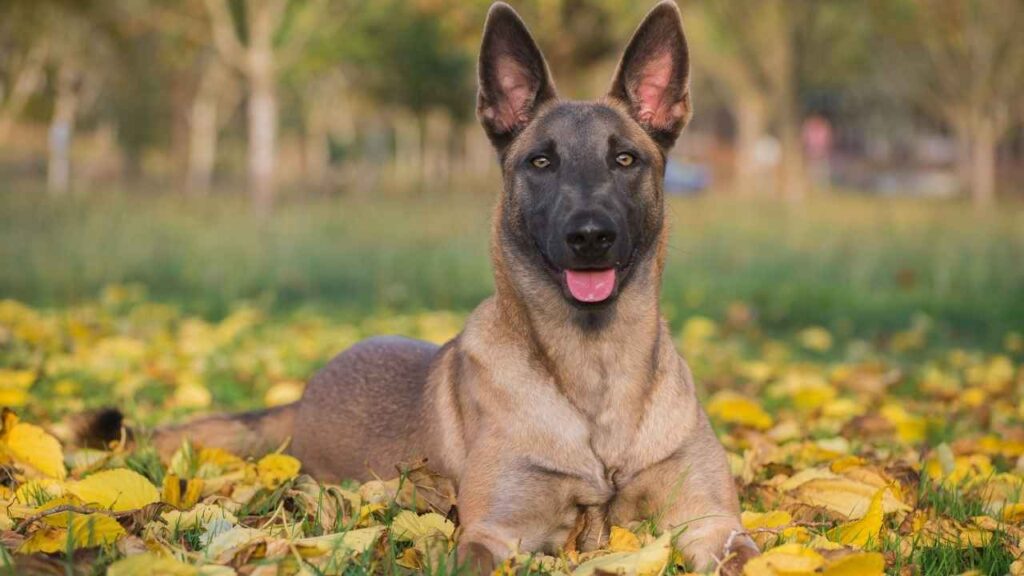
Calorie Needs:
High—requires more calories than most breeds due to intense energy output.
Diet Tips:
High-protein, moderate-fat diet to sustain stamina and muscle
Frequent, smaller meals can help maintain energy levels throughout the day
Supplement with omega fatty acids for joint and coat health
Weight Challenges:
Risk of losing weight too quickly if underfed or not eating enough nutrient-dense food.
Ideal Feeding:
2–3 meals daily tailored to activity level.
Boxer vs. Belgian Malinois: Grooming and Allergies
Neither the Boxer nor the Belgian Malinois will have you booking weekly salon appointments, but grooming and allergy concerns are still important to consider, especially if you prefer a fur-free couch or have sensitive sinuses. Here’s what you need to know to keep their coats (and your nose) happy.
Boxer:
Boxers have a short, smooth coat that’s pretty easy to keep under control. But don’t let that fool you—they do shed, and their skin can be sensitive.
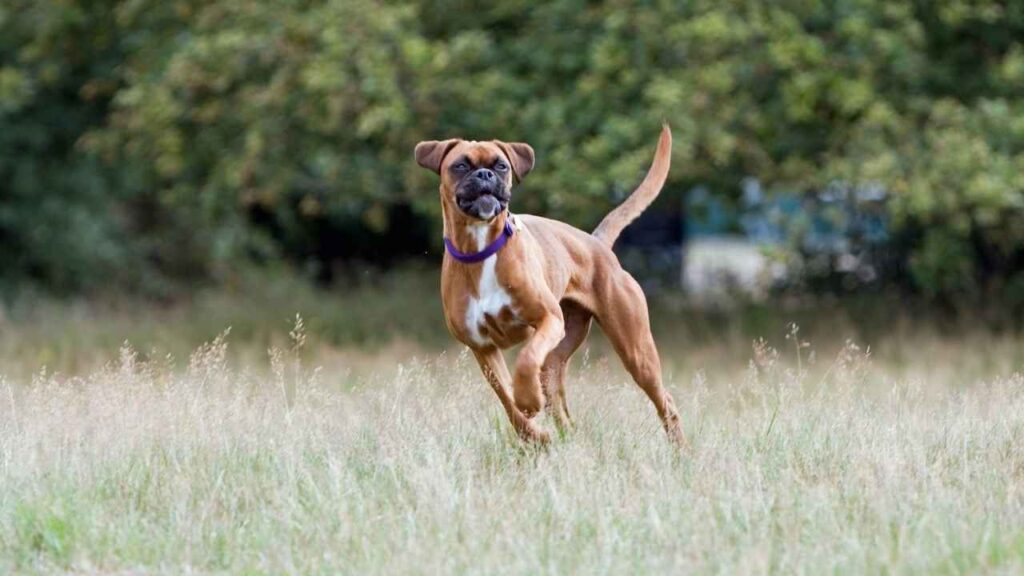
Grooming Needs:
Weekly brushing with a rubber curry brush or grooming mitt to remove loose hairs
Occasional baths (monthly or as needed) to keep that coat shiny and clean
Regular ear checks to avoid infections, since Boxers have floppy ears that can trap moisture
Shedding Level:
Moderate shedding—more noticeable during seasonal changes
Allergy Considerations:
Plergens: pollen, dust mites, certain foods
Bonus: Nail trims and dental care are essential to avoid discomfort.
Belgian Malinois:
Malinois also sport a short, dense double coat that’s designed to protect them in all weather, meaning a bit more shedding but still pretty manageable grooming-wise.
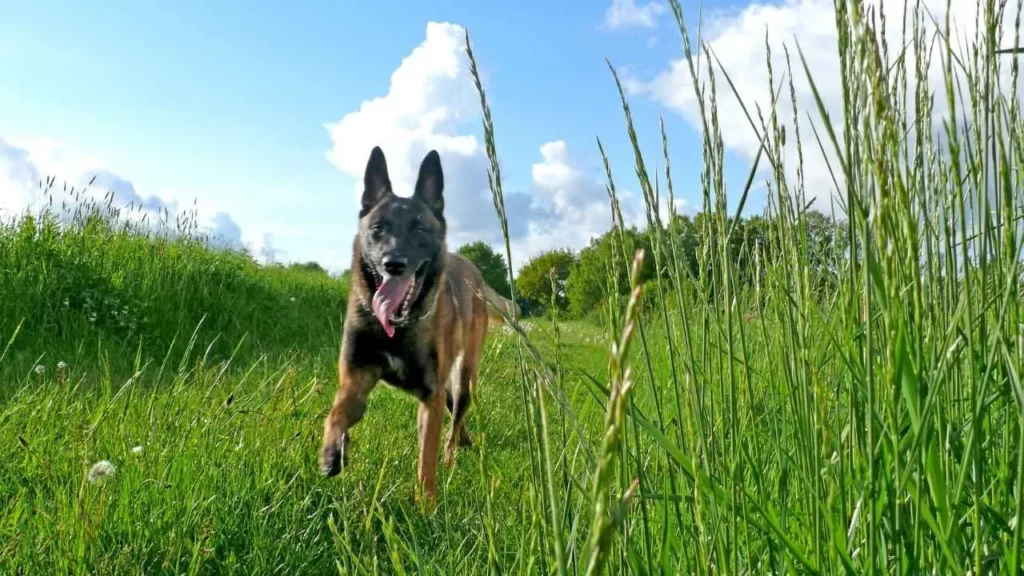
Grooming Needs:
Weekly brushing with a firm bristle brush to manage shedding and keep the coat sleek
More frequent baths during heavy shedding seasons or after muddy adventures
Regular ear cleaning and nail trims, especially for active dogs
Shedding Level:
Moderate to heavy shedding, especially during spring and fall
Allergy Considerations:
Generally less prone to allergies than Boxers, but can still develop sensitivities
Sensitive ski,n in some cases, watch for scratching or irritation
Less likely to have food allergies, but monitor for reactions to environmental factors
Bonus: Coat care can help minimize shedding around the house, keeping your furniture happier.
Conclusion
When comparing the Belgian Malinois and the Boxer, both breeds are intelligent, high-energy dogs that thrive with mental stimulation, regular daily walks, and fully committed owners. The Malinois often excels as a service dog due to its sharp focus and drive, while the Boxer mix brings a more playful, family-friendly energy. Raising either puppy requires dedication, especially when it comes to shaping behavior, teaching boundaries, and exposing them to strangers, pets, and young children.
Both breeds are protective, so it’s vital to teach early and consistently. Future owners should expect to spend several hours a day on training and exercise. While they share similarities, their differences—from temperament to training needs—mean you must carefully assess your lifestyle before choosing. No matter your pick, with love and effort, your pup will be a loyal companion for life.


